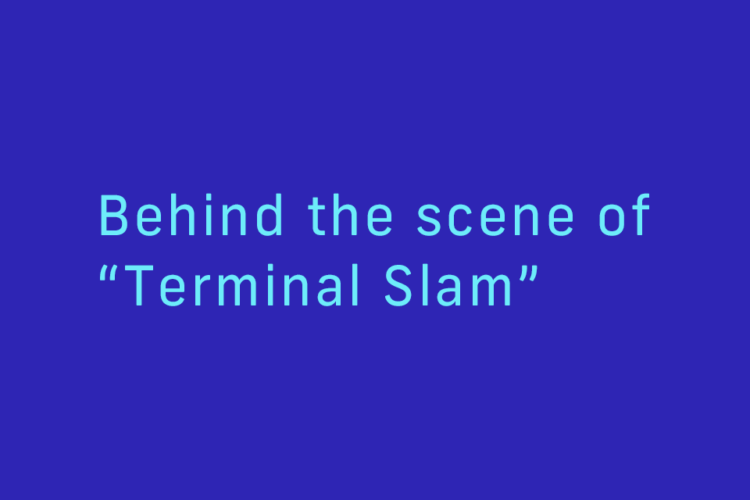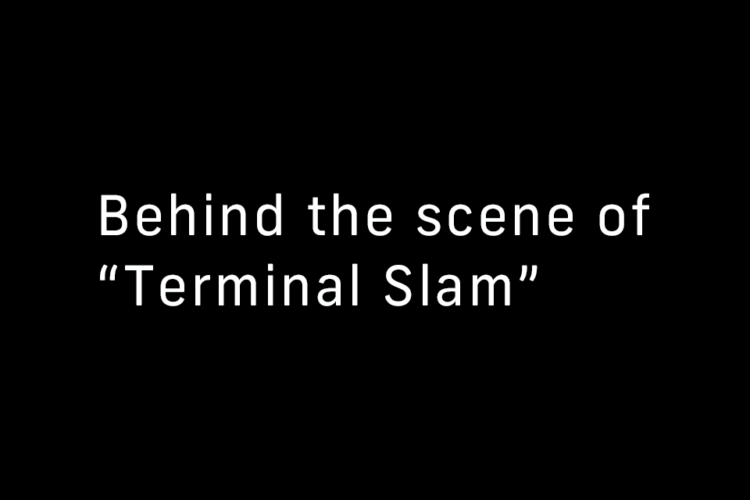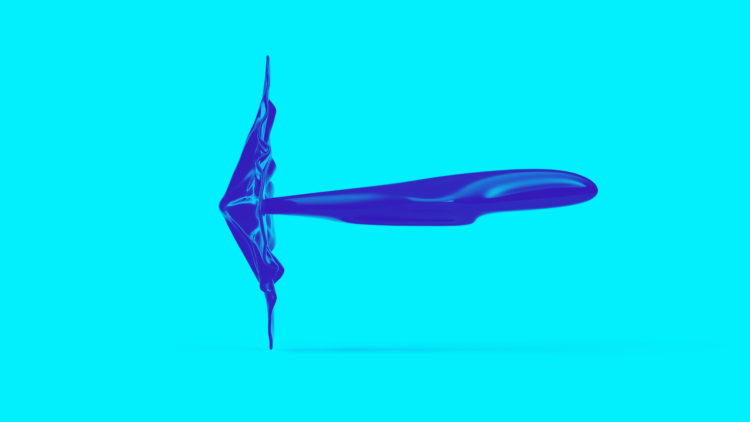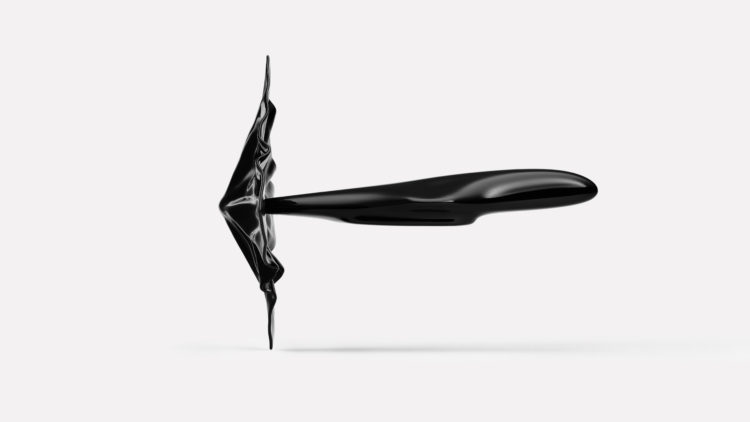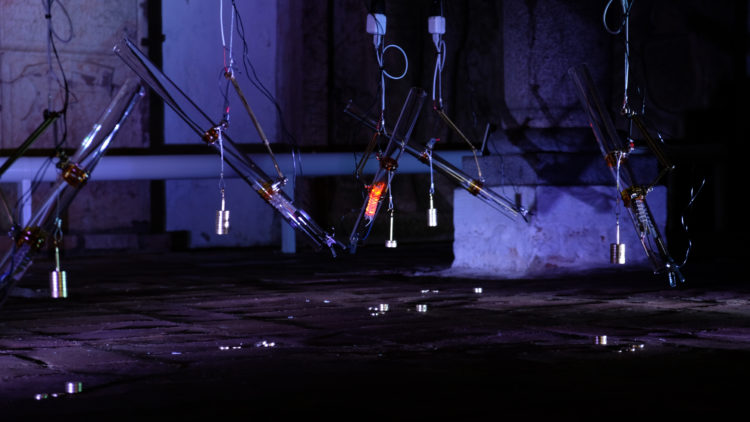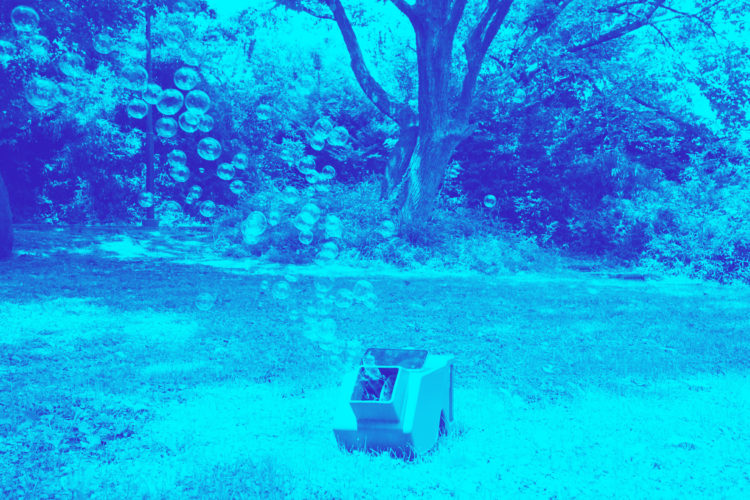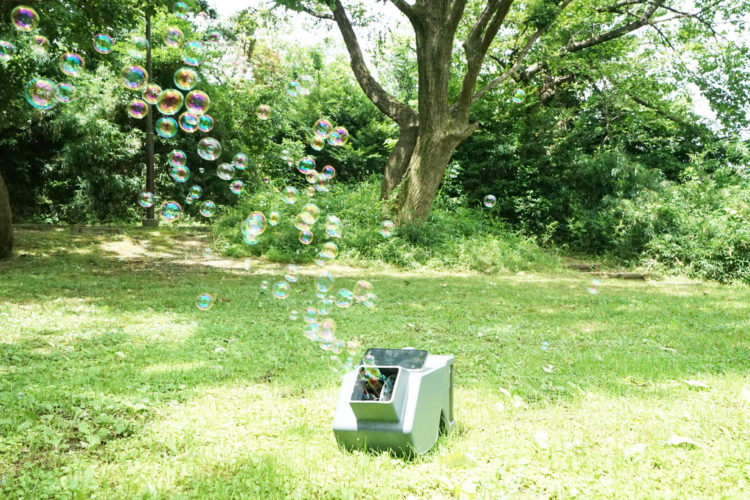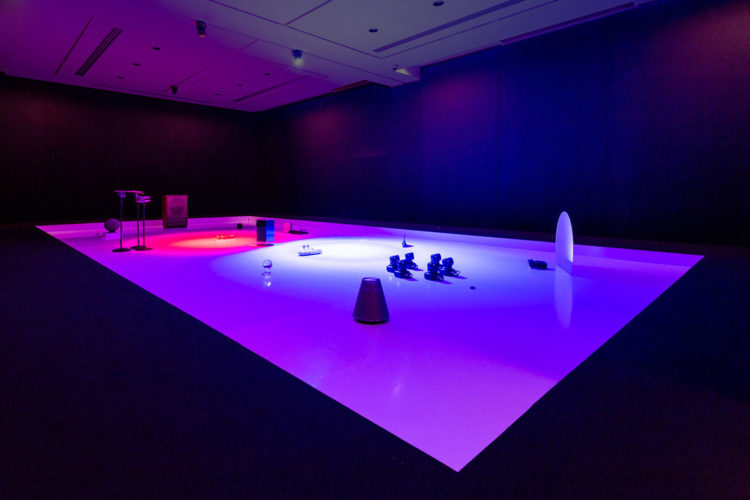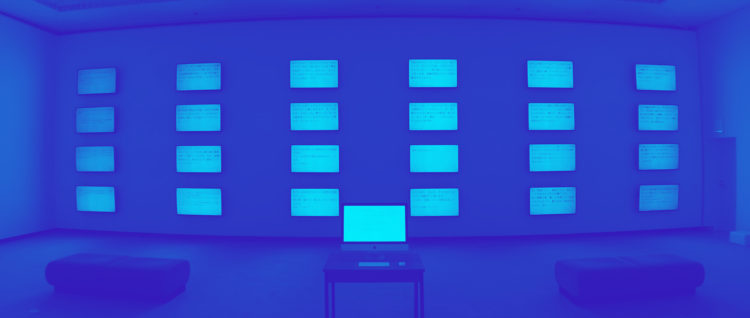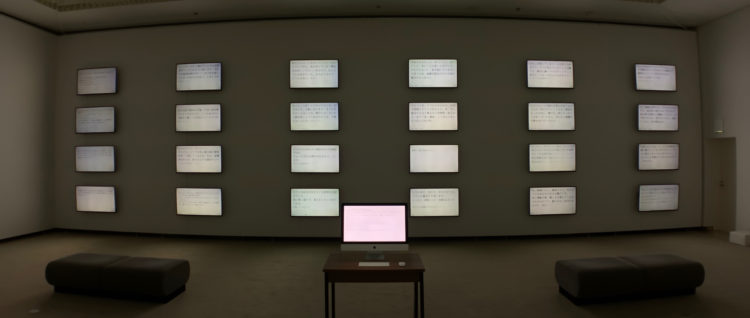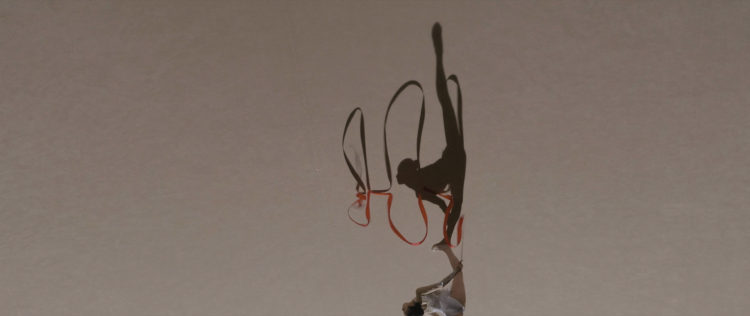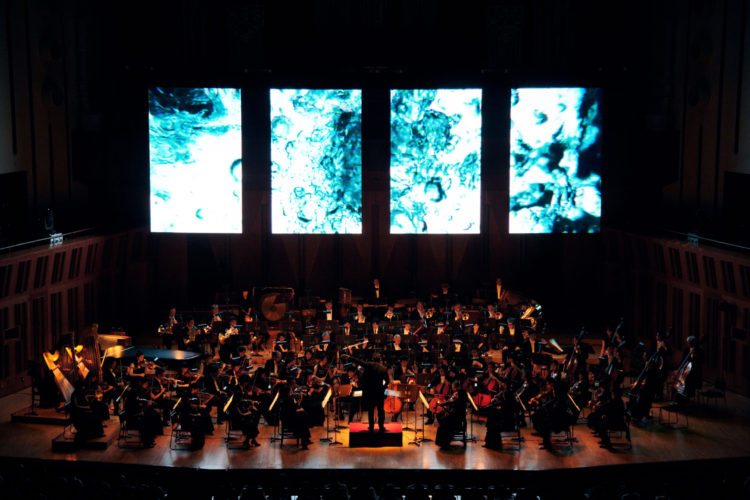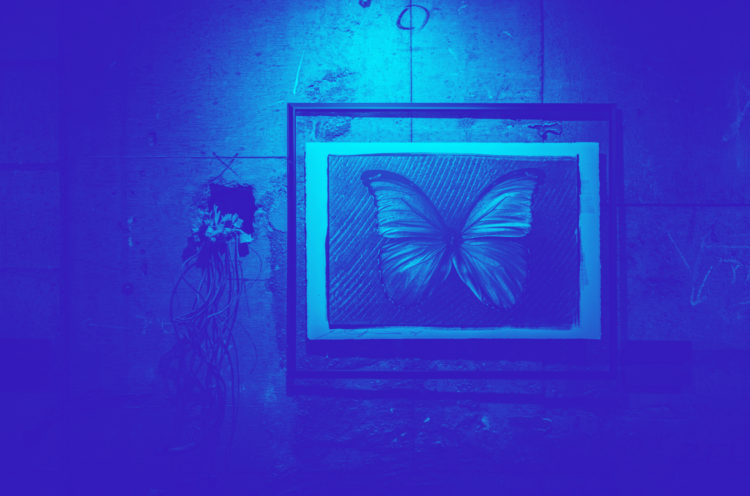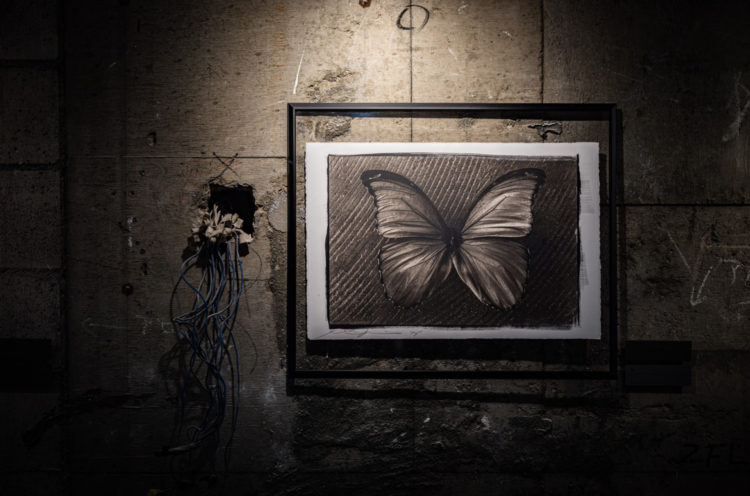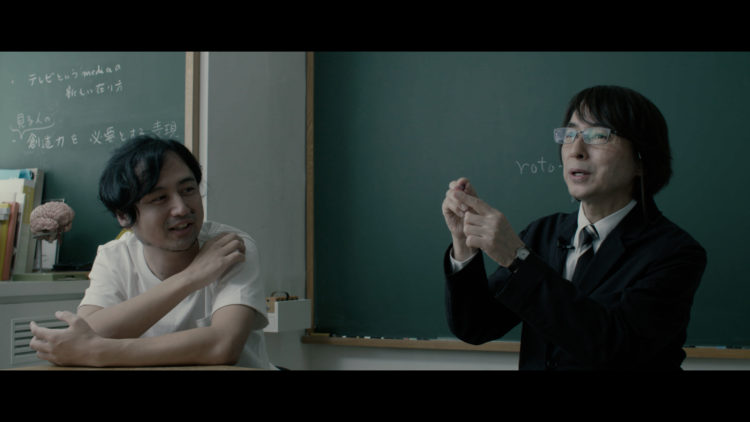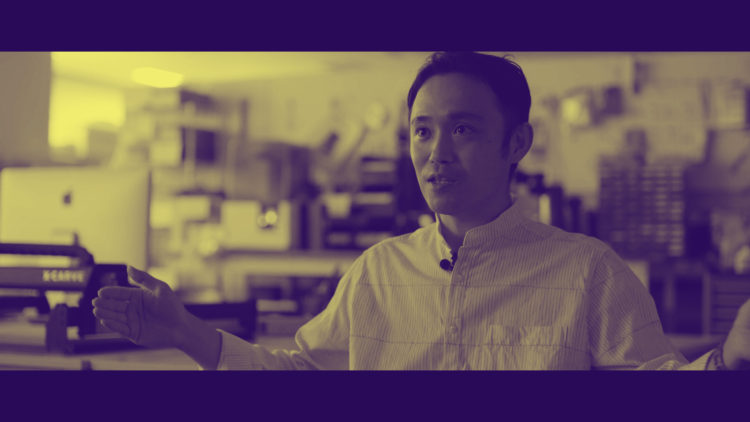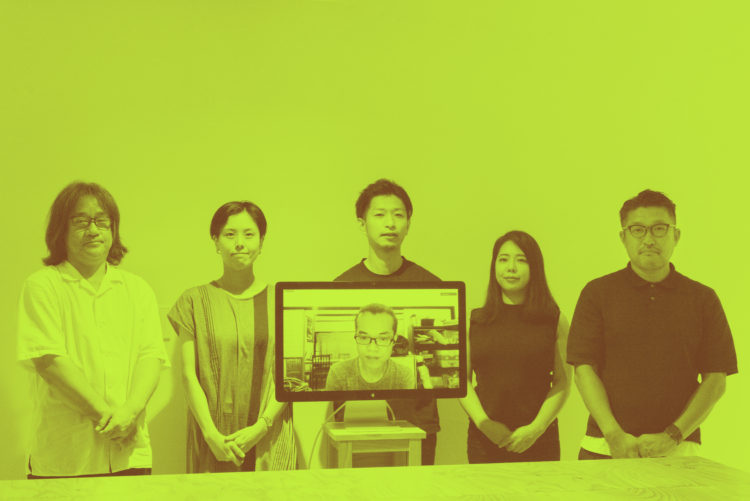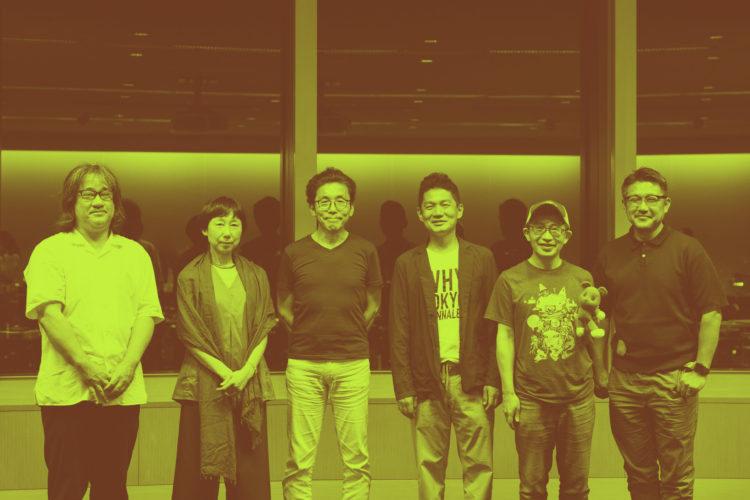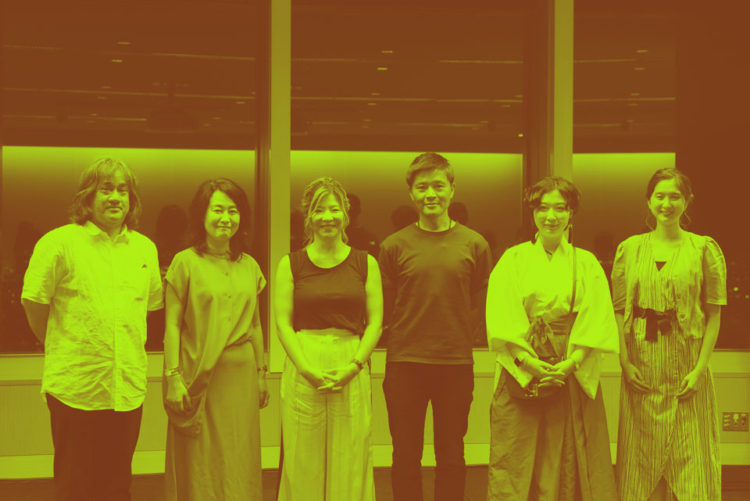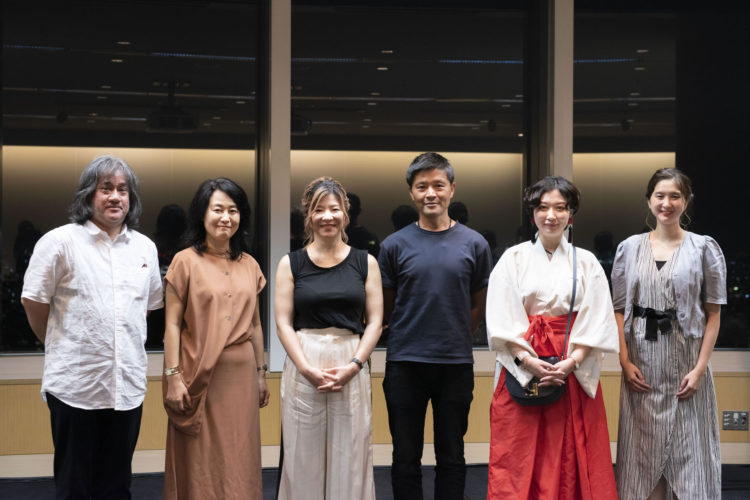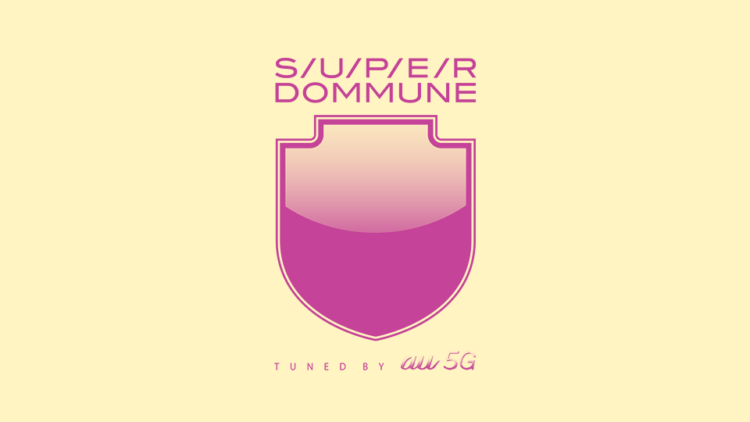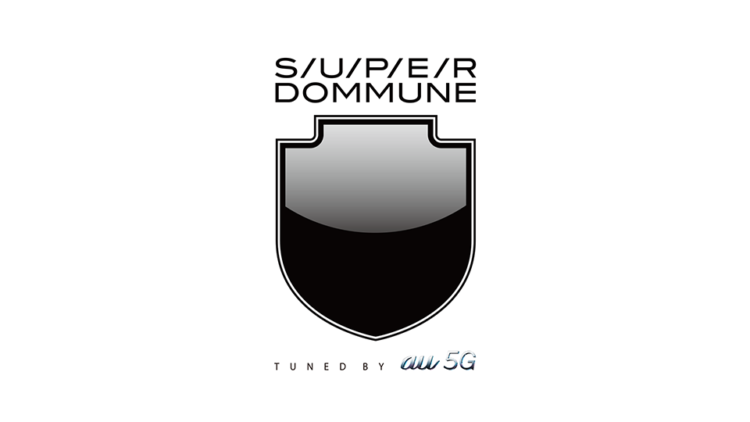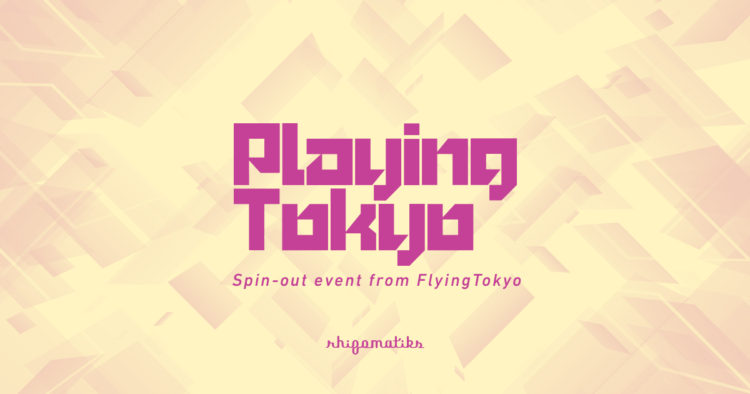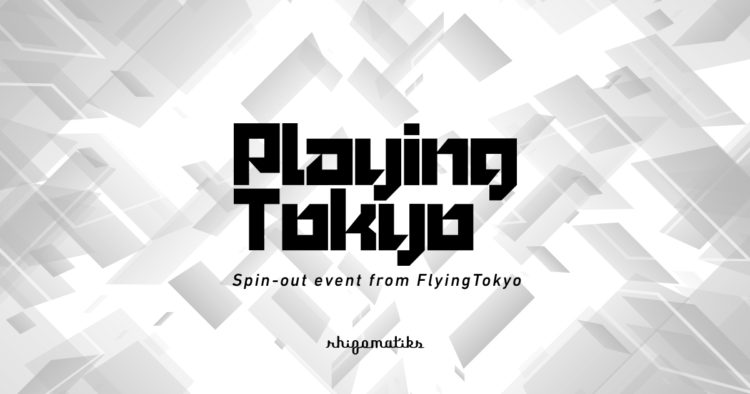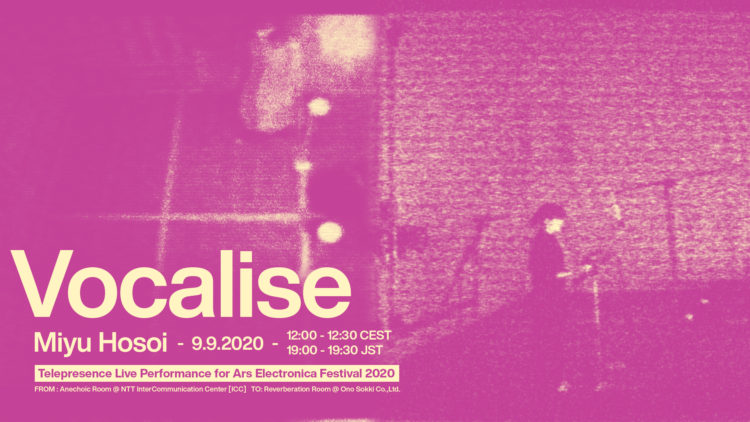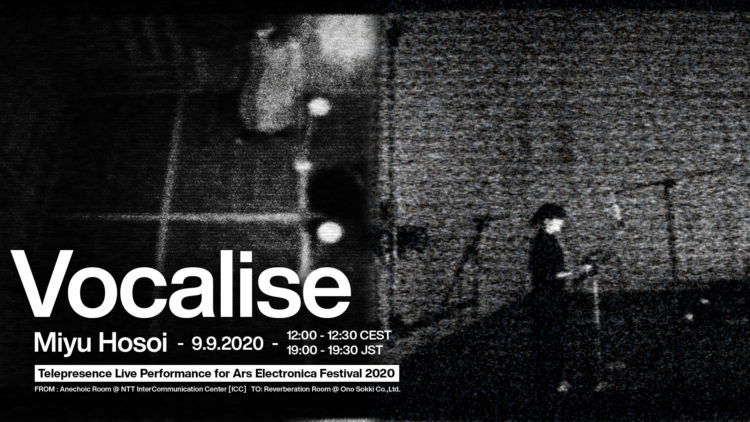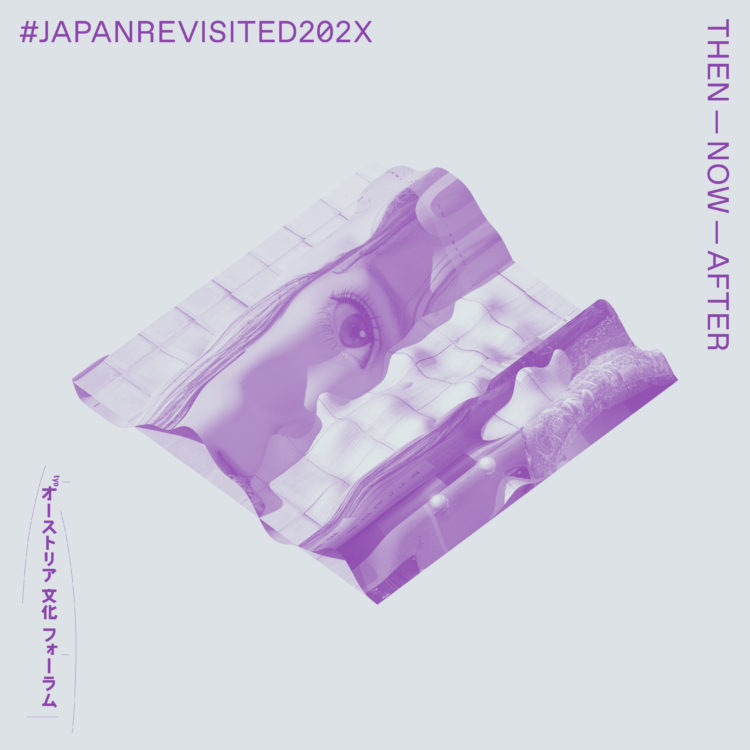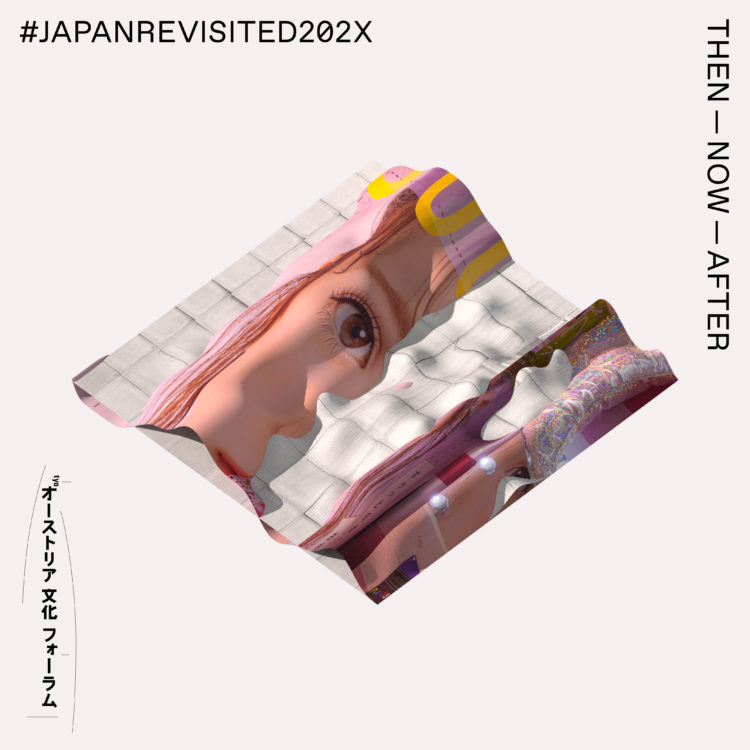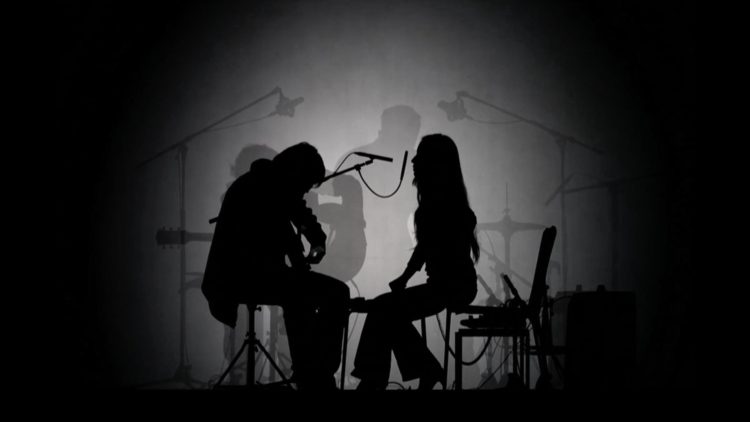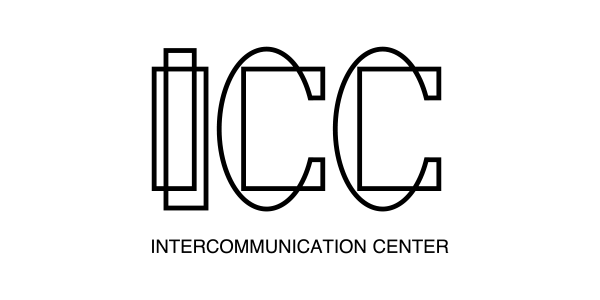TALK
Role of Media Art
Speaker: Etsuko Ichihara (JP), Nao Tokui (JP), Natsumi Wada (JP), Shiho Fukuhara (JP)
Moderator: Asako Tomura (JP), Minoru Hatanaka (JP)
- Description
- The current diversity of media art no longer relies on the name of the media art genre to guide its development. It could be said that media art is an expression that is constantly renewing its own genre, with a tautological definition of media as the art of thinking about media. Today, some of what is (or could be) called media art has become more committed to society in many ways.
What is the role of media art in this context? This conversation will look into the role of the future media art and de-media art, which will function as an interface between artistic expression and society through artistic conceptions that use media technology.
- Director’s message
- The Media Arts Festival, which was born in Japan, focus the field of art, entertainment, manga and anime, and is becoming more and more centripetal in its inclusion of various fields. What is the role of media art in this context? This session the panelists will be discussing the future of media art along with the unique setting of this year’s Ars Electronica to be held online.

© Yudai Kusano
From the left: Minoru Hatanaka, Asako Tomura, Shiho Fukuhara, Nao Tokui, Etsuko Ichihara, Natsumi Wada
Profile
-
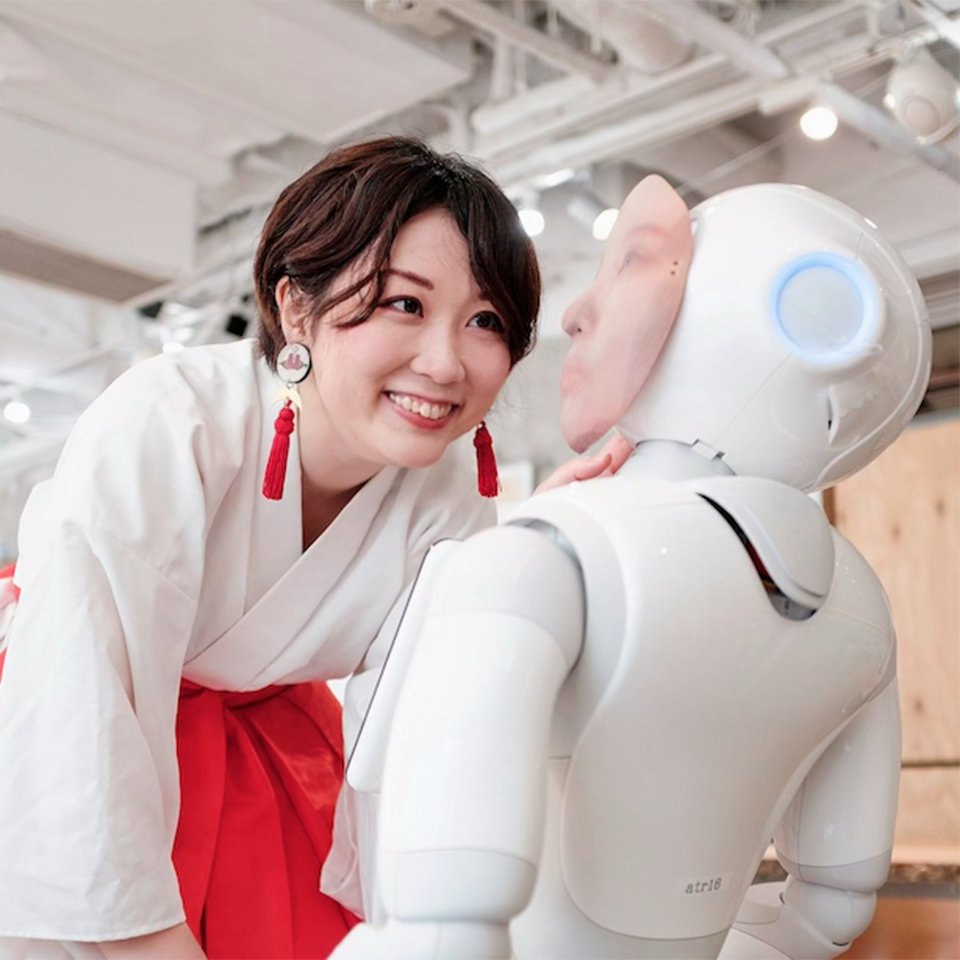
Etsuko Ichihara (JP)
Media Artist, Fantasy Inventor
Etsuko Ichihara is Japanese new media artist. Born 1988 in Aichi. Graduated in Waseda University. She has been creating artworks that interpret Japanese culture, customs and beliefs from a unique point of view, and present new, technology-based approaches.
Ichihara’s works were included in the Excellence Award at the 20th Japan Media Arts Festival, Entertainment Division in 2017, and in 2016, chosen for the INNOvation program from The Ministry of Internal Affairs and Communications. She won Honorary Mention (Interactive Art+) in PRIX Ars Electronica 2018 and received a STARTS Prize Nomination in the same year.
She has recently presented her works in exhibitions such as "Digital Shamanism: Japanese Funeral and Festivity" at NTT InterCommunication Center [ICC], "Cyber Arts Exhibition 2018" at Ars Electronica Festival in Linz, Japan Media Arts Festival. -
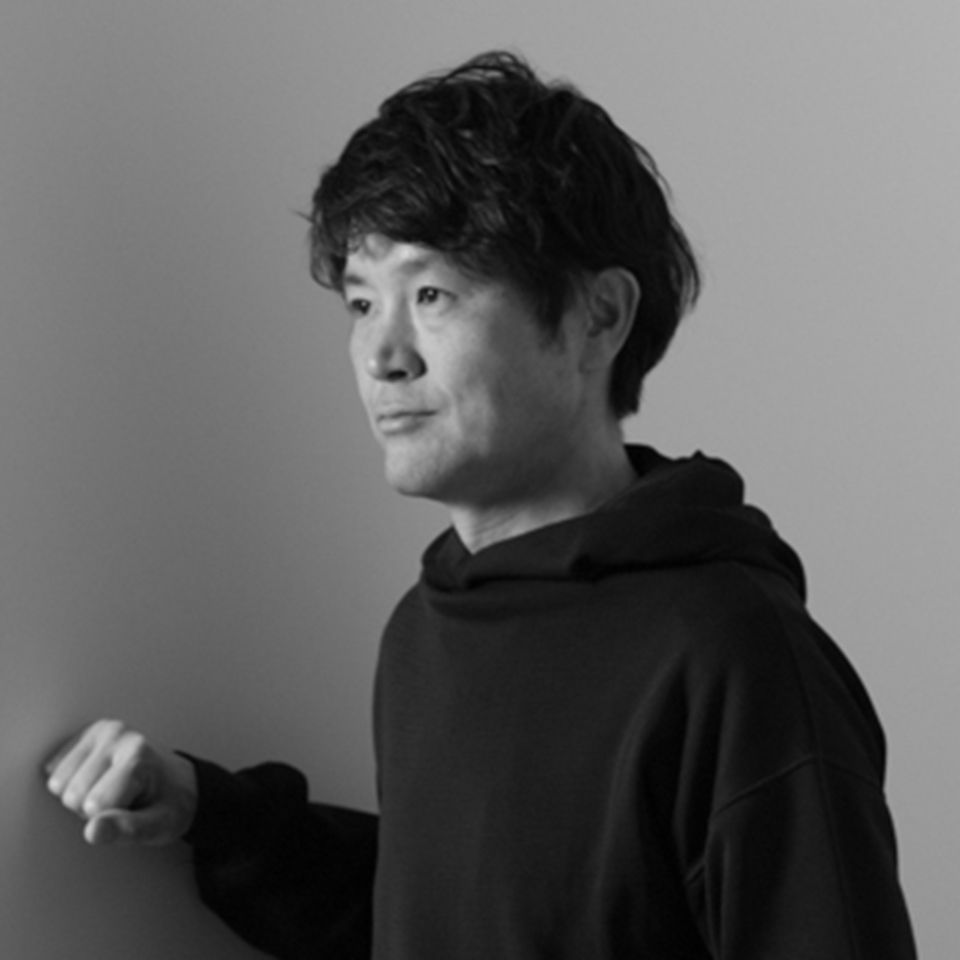
Nao Tokui (JP)
President of Qosmo
Associate Professor at Keio University's Graduate School of Media and Governance (SFC)
Dentsu Craft Tokyo, Head of Technology
In 2009, he founded Qosmo Inc. to explore the possibilities of expanding creativity through the symbiosis of AI and humans under the motto "Computational Creativity and Beyond.” He is known for his installations that use AI. He is also active as a performer named “AI DJ Project” with a style where he and the AI DJ play each other’s tunes. In 2018, he was awarded an Honorary Mention for this project. From April 2019, he is the lead at Computational Creativity Lab of SFC, Keio University. He has been deepening his practice from the research and education side as well. Ph.D. in Electronic Engineering from The University of Tokyo, Graduate School of Engineering. Doctor of Engineering. -
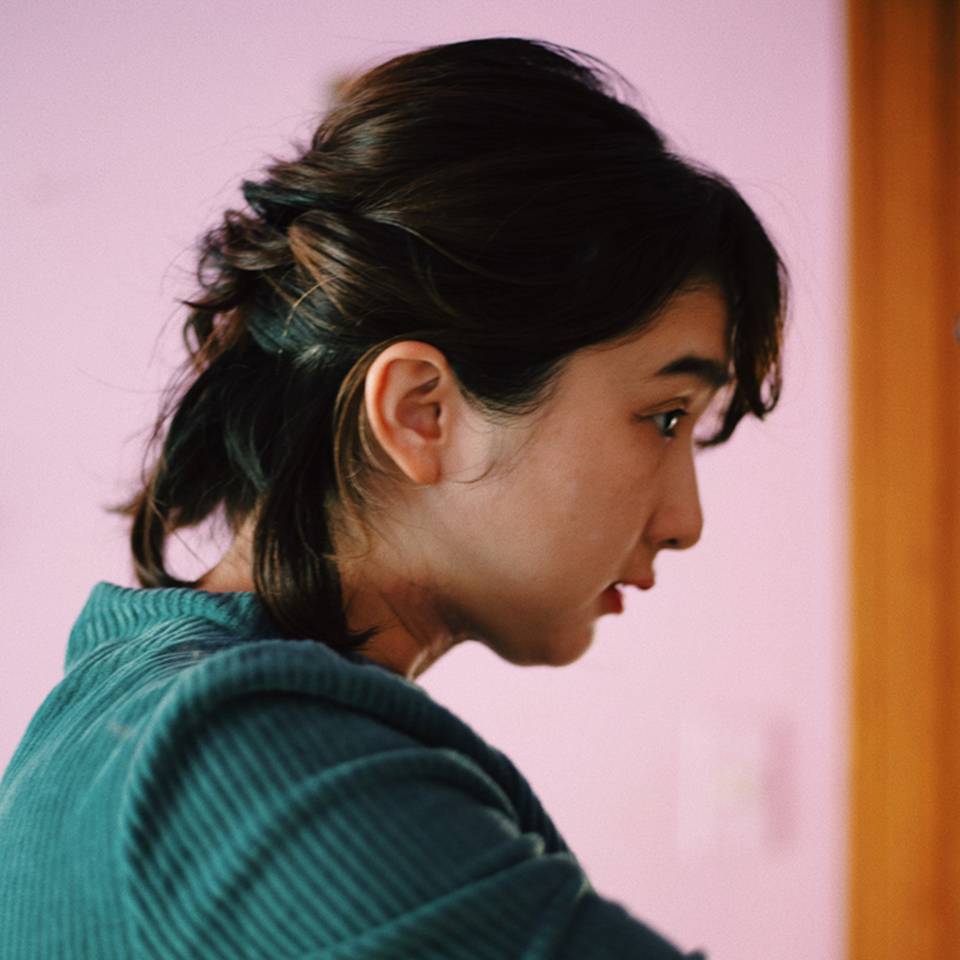
Natsumi Wada (JP)
Interpreter
Born in 1993. Raised by deaf parents who used sign language as their first language. While studying for University, she was attracted to the possibilities of hand expression. She has been exploring the media possibilities of the senses in collaboration with people of various physical backgrounds. In recent years, she has been working on the card game "Qua|ia" (2018), which explores common senses, "LINKAGE" based on tactile sign language, "Tacchi- machi" (2019)/Tabata Hayato+magnet. She has worked with Mai Nagumo and Hideyuki Kodama conducting experiments and workshops to research and express visual body language as Signed. 2016 received qualification as a sign language interpreter. Exhibition include emergencies!033 “tacit crelole/Musunde Hiraite” 2017-2018 NTT InterCommunication Center [ICC]. -
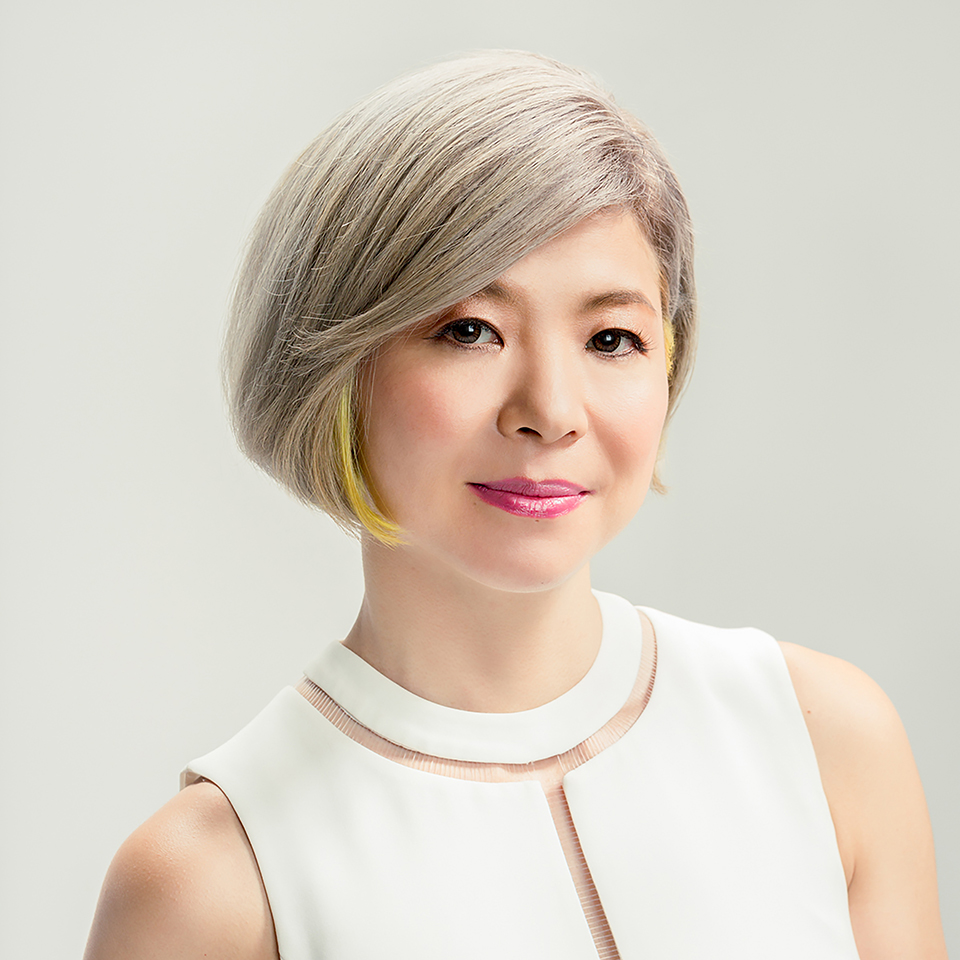
Shiho Fukuhara (JP)
Artist/Researcher/Developer
Shiho graduated in 2001 with BA(Hons) 1st Class in Fine Art from Central Saint Martins in London, and MA(RCA) in Design Interactions at Royal College of Art in London in 2003. In 2004, formed "BCL", an artistic research framework, with Georg Tremmel. Her interest is in the impact of biotechnological development on society and in water environment issues. Fukuhara says it is her mission to "critically intervene" in these issues and to make closed technology available to the public. -
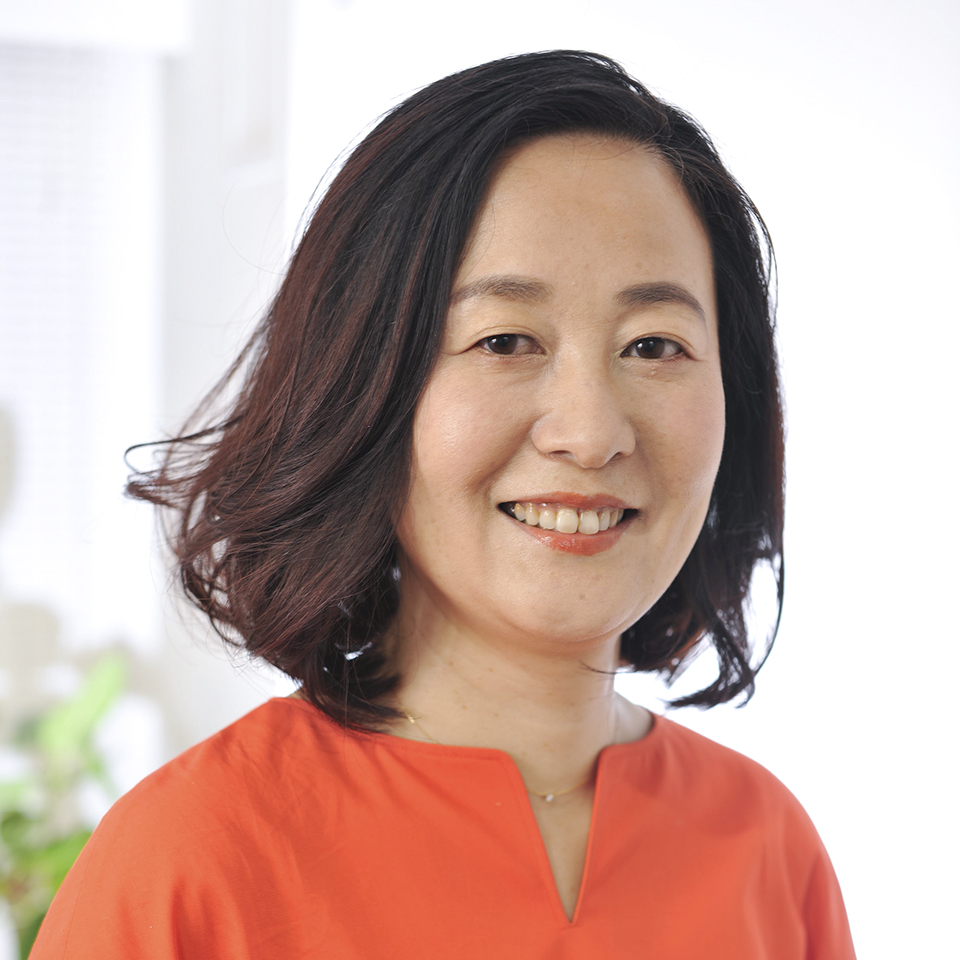
Asako Tomura (JP)
Principal Researcher, Corporate Technology Strategy Div. Sony Corporation
Visiting Researcher, The University of Tokyo
Adviser, The Project to Support Emerging Media Arts Creators, Agency for Cultural Affairs 2017-2019
Asako has 20 years’ experience as a content plus sustainability professional with particular focus on the integration of advanced technology into entertainment and social issues. She started her career at Shiseido then joined Sony Corporation in 2001. She oversaw the launch of the content distribution business at Sony Pictures Entertainment and at Aniplex. Since 2010 she engaged with NGOs and the UNs etc., in projects to tackle social issues. She had also acted as community manager of creators for Sony’s new concept Life Space UX. Currently, she is in charge of content development and sustainability. At the University of Tokyo, she researches the collective creation of artists and engineers. “Acoustic Vessel Odyssey,” The 22nd JMAF, Jury Selections in 2019. Received her MS in Chemistry and Media Arts from Keio University. -
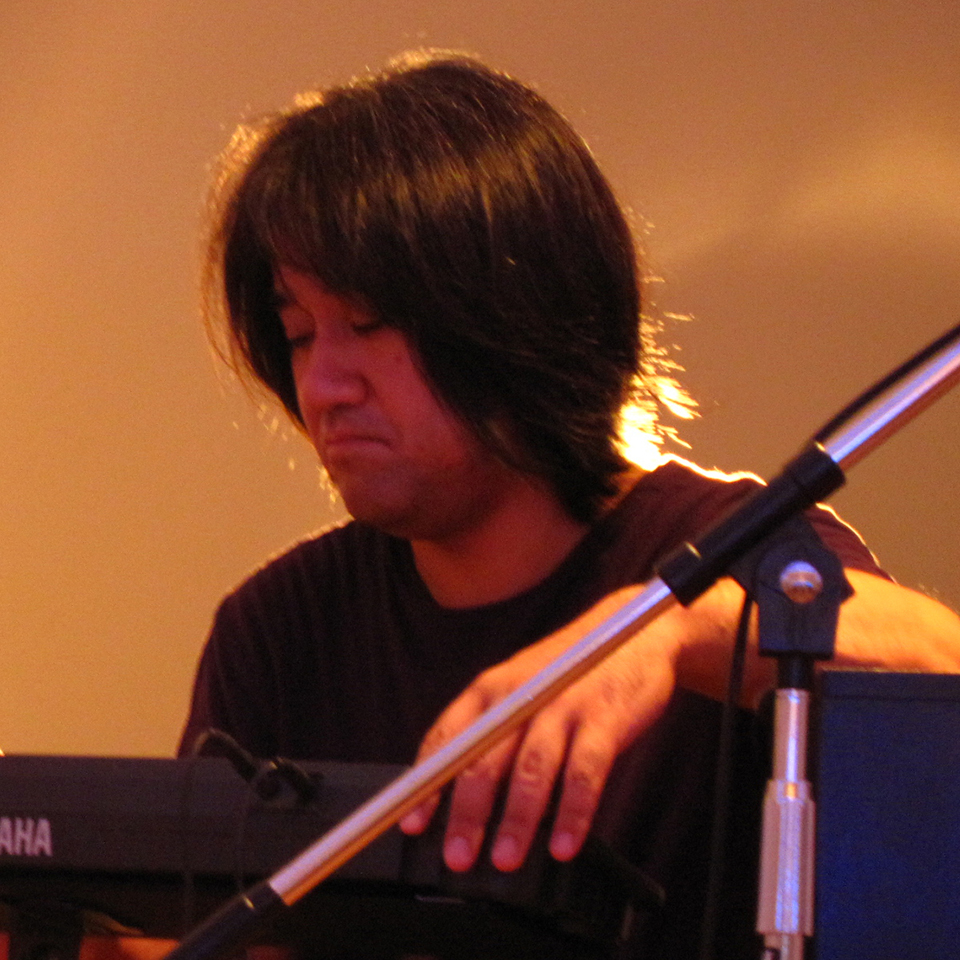
Minoru Hatanaka (JP)
Curator
Born in 1968. Chief curator at the NTT InterCommunication Center [ICC], and has been involved with the ICC since its opening in 1996. Since the "Sound Art- Sound as Media" exhibition in 2000, he has been involved in "Sounding Space" (2003), "Silent Dialogue" (2007), "Vibrations of Entities" (2010), "[Internet Art Future]—Reality in Post Internet Era" (2012), “SAKAMOTO Ryuichi with TAKATANI Shiro | Installation Music 2 IS YOUR TIME” (2017). He has also produced exhibitions of artists such as Dumb Type (2002), Kazuhiko Hachiya (2006), Rhizomatiks (2013), and Arata Isozaki (2013). He also writes about art and music.
Credit
- NTT InterCommunication Center [ICC]
-
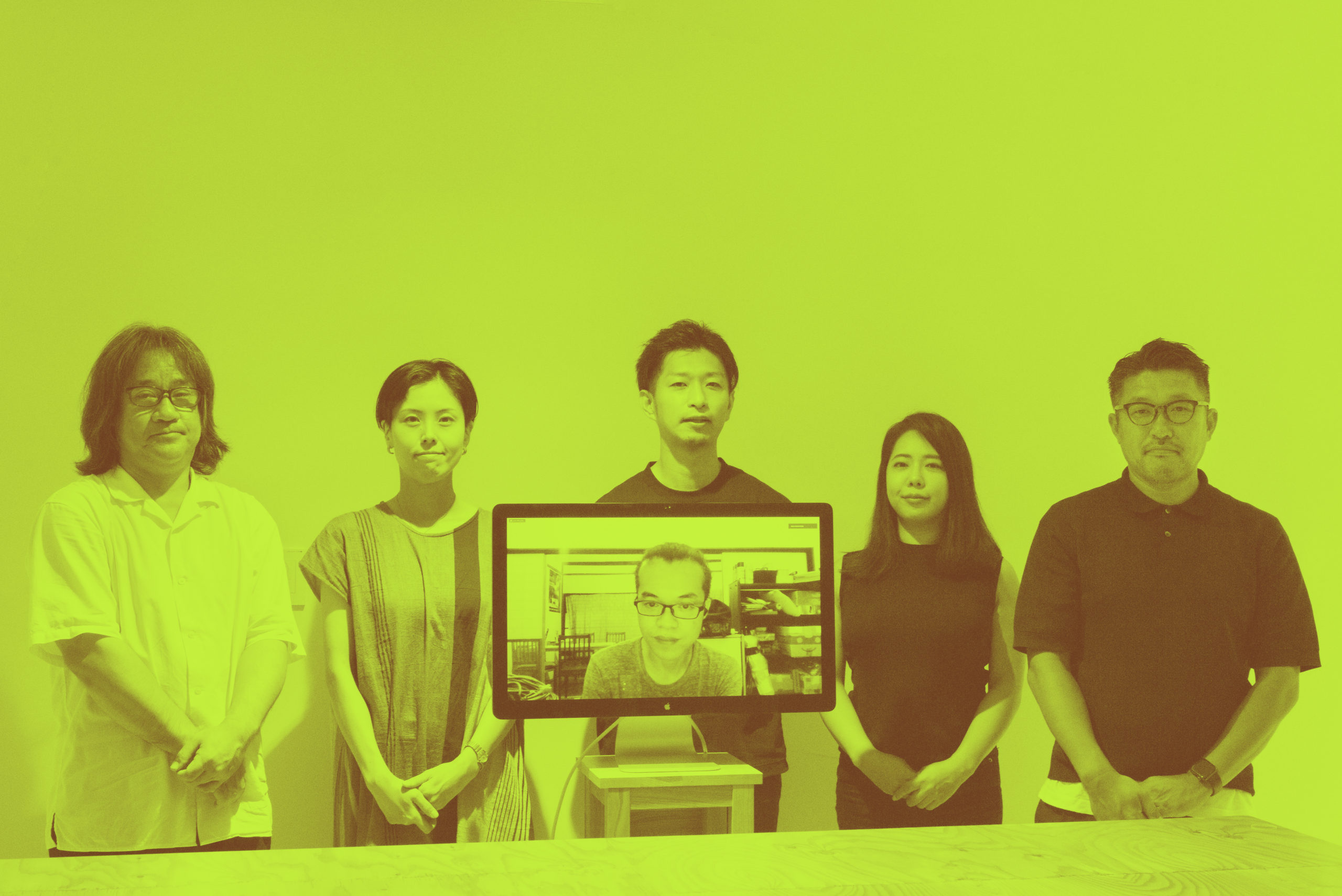
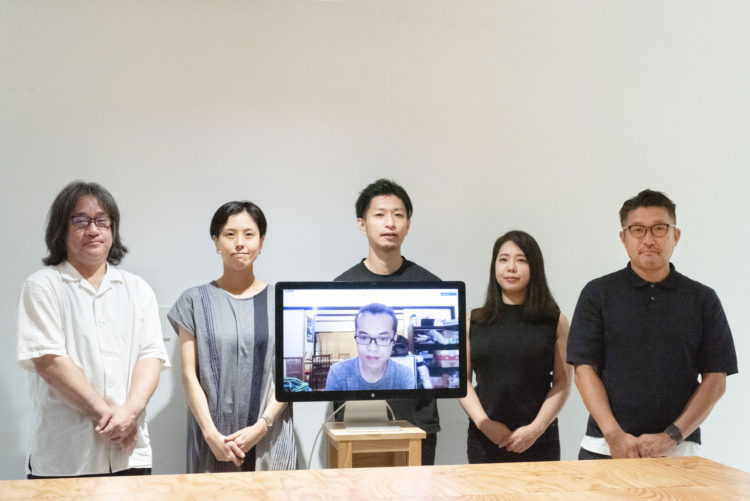
Rewinding the History of Japanese Media Art
Speaker: Ai Hasegawa (JP), Akinori Goto (JP), Ken Furudate (JP), Michiko Tsuda (JP)
Moderator: Minoru Hatanaka (JP), Seiichi Saito (JP) -

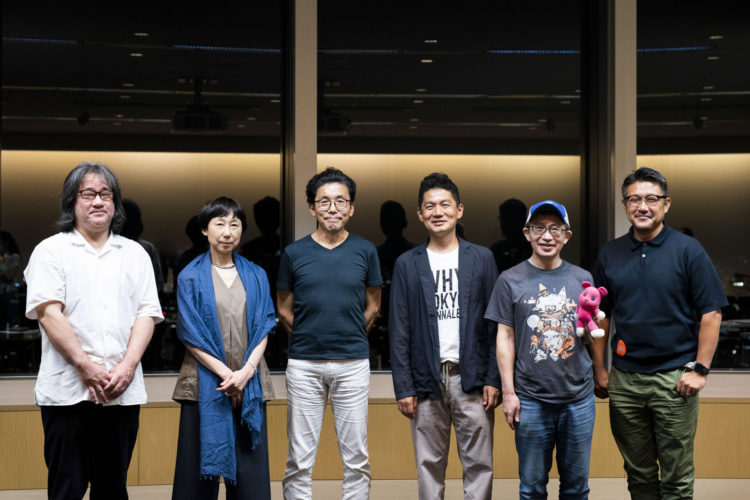
Museum inside Network 91 Revisited
Speaker: Akihiro Kubota (JP), Kazuhiko Hachiya (JP), Koichiro Eto (JP), Yukiko Shikata (JP)
Moderator: Minoru Hatanaka (JP), Seiichi Saito (JP)

